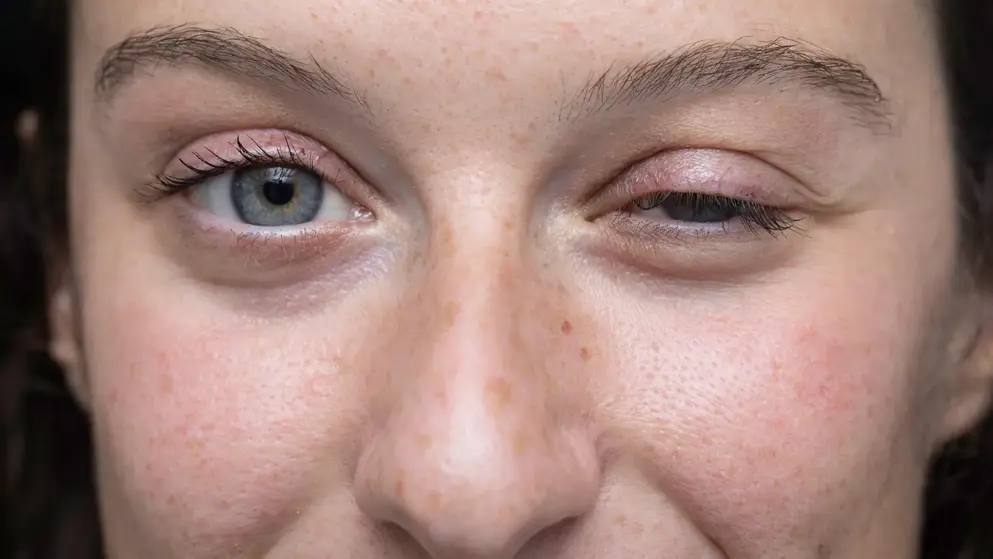
Imaavy FDA Approval for GMG
Johnson & Johnson announced that the FDA has approved Imaavy (nipocalimab-aahu), a human FcRn-blocking monoclonal antibody, for the treatment of generalized myasthenia gravis (gMG).
The approval, which follows FDA Priority Review designation, offers a new treatment option in a proven class with the potential for lasting disease control in the broadest population of people living with gMG (adults and pediatric patients 12 years of age and older who are anti-acetylcholine receptor [AChR] or anti-muscle-specific kinase [MuSK] antibody positive).
gMG is a chronic, debilitating autoantibody disease for which significant unmet patient need exists for additional efficacious therapies with demonstrated safety profiles that offer sustained disease control. Anti-AChR and anti-MuSK antibody positive individuals comprise ≥90% of the total antibody-positive gMG population. Imaavy is an immunoselective therapy designed to substantially reduce immunoglobulin G (IgG), including harmful IgG autoantibodies, without additional detectable effects on other adaptive and innate immune functions.
The approval is supported by data from the pivotal, ongoing Vivacity-MG3 study – the longest primary endpoint of a registrational trial of any FcRn blocker in adults with living with gMG. Highlights of the study include: i) · Imaavy plus standard of care (SOC) provided superior disease control throughout 24 weeks when compared to placebo plus SOC, as measured by improvement in the MG-ADL score.4 This translates into patients regaining essential daily functions, such as chewing, swallowing, speaking and breathing. ii) · Participants on Imaavy plus SOC maintained improvements out to 20 months of follow-up in the ongoing open-label extension (OLE) study in gMG. iii) · Imaavy demonstrated a rapid and sustained reduction in autoantibody levels by up to 75% from the first dose and throughout a 24-week period of monitoring.
“The clinical results we’ve seen with Imaavy represent a significant milestone in the treatment of gMG,” said Dr. Nicholas J. Silvestri, M.D., Professor of Neurology at University of Buffalo. “Patients experienced substantial symptom relief and lasting disease control that translated into better daily function and did not fade over 24 weeks in the pivotal Vivacity-MG3 study. Having a treatment that delivers this level of durable symptom stability is a meaningful step forward for managing a complex and unpredictable disease like gMG, and to have it in both AChR+ and MuSK+ adults and pediatric patients 12 years and older brings an additional FcRn treatment to a broader range of patients.”
Results from the ongoing Vibrance Phase II/III pediatric study in anti-AChR and anti-MuSK antibody positive adolescents aged 12-17 years showed that Imaavy plus SOC met its primary endpoint with a 69% reduction in total serum IgG over 24 weeks, and secondary endpoints of improvements in MG-ADL and QMG scales. Imaavy has demonstrated a consistent safety profile across both Vivacity-MG3 and the ongoing Vibrance-MG studies, with comparable tolerability in adult and pediatric populations.
“Today’s FDA approval of Imaavy marks a historic milestone for the more than 240 million patients suffering with autoantibody diseases, many with few or no approved targeted treatments,” said David Lee, M.D., Ph.D., Global Immunology Therapeutic Area Head, Johnson & Johnson Innovative Medicine. “This approval is the result of years of scientific commitment, collaboration and determination for our nipocalimab program, and we’re proud to bring this new treatment option to patients living with anti-AChR or anti-MuSK antibody positive gMG.”
Health authority submissions seeking approval for nipocalimab in the treatment of gMG are currently under review with numerous regulatory authorities worldwide.
About the Phase III Vivacity-MG3 study - The Phase III Vivacity-MG3 study (NCT04951622) was specifically designed to measure sustained efficacy and safety with consistent dosing in this unpredictable chronic condition where unmet need remains high. Antibody positive or negative adult gMG patients with insufficient response (MG-ADL ≥6) to ongoing SOC therapy were identified and 199 patients, 153 of whom were antibody positive, enrolled in the 24-week double-blind placebo-controlled trial. Randomization was 1:1, nipocalimab plus current SOC (30 mg/kg IV loading dose followed by 15 mg/kg every two weeks) or placebo plus current SOC.4 Baseline demographics were balanced across arms (77 nipocalimab, 76 placebo). The primary efficacy endpoint was the comparison of the mean change from baseline to Weeks 22, 23, and 24 between treatment groups in the MG-ADL total score. A key secondary endpoint included change in QMG score. Long-term safety and efficacy were further assessed in an ongoing open-label extension (OLE) phase.
About the Phase II/III Vibance-MG study - The Phase II/III Vibrance-MG study (NCT05265273) is an on-going open-label study to determine the effect of nipocalimab in pediatric participants with gMG. Seven participants aged 12-17 years with a diagnosis of gMG as reflected by a Myasthenia Gravis Foundation of America (MGFA) Class of II through IV at screening, and an insufficient clinical response to ongoing, stable SOC therapy, have been enrolled in the trial. Participants must have a positive blood test for either anti-AChR or anti-MUSK autoantibodies. The study consists of a screening period of up to four weeks, a 24-week open-label Active Treatment Phase during which participants receive nipocalimab intravenously every two weeks, and a Long-term Extension Phase; a safety follow-up assessment will be conducted at eight weeks after last dose. The primary outcome of the study is the effect of nipocalimab on total serum IgG, safety and tolerability, and pharmacokinetics in pediatric participants with gMG at 24 weeks. Secondary endpoints include change in MG-ADL and QMG scores at 24 weeks.

